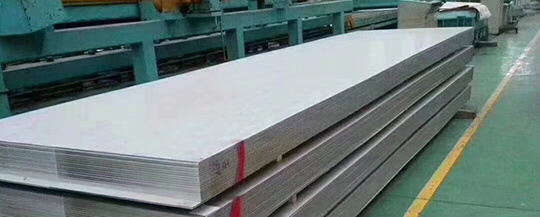Austenitic stainless steels can be divided into Cr-Mn-Ni-N, Cr-Ni, Cr-Mo-Si-Cu series according to different austenitizing elements. According to the level of carbon content in steel, there are low-carbon and ultra-low-carbon points. According to the stability of austenite structure, there are steady state and unsteady state. 06Cr19Ni10(304) belongs to austenitic stainless steel, which has the largest output among austenitic stainless steels, accounting for more than 30% of the total output of stainless steel.
304 stainless steel has good intergranular corrosion resistance, excellent corrosion resistance and cold working and stamping properties. It still has good mechanical properties at -180℃. After solution treatment, the material has good toughness, plasticity and processing properties. 304 stainless steel also has shortcomings. For example, it is more sensitive to Cl-, and it is prone to intergranular corrosion when it comes into contact with Cl-. 022Cr19Ni10 (304L) is an ultra-low carbon austenitic stainless steel based on 06Cr19Ni10 by reducing the carbon content and slightly increasing the nickel content. This steel was developed to solve the serious intergranular corrosion tendency of 304 under certain conditions due to the precipitation of Cr23C6. Compared with 304, 304L has a lower yield strength, but its corrosion resistance is better than that of 304. Except that the strength is slightly lower than 304, 304L has the same properties as 304.
The internal structure of 304L at room temperature is austenite, which cannot be strengthened by heat treatment. It can only be strengthened by cold deformation. Therefore, it is necessary to conduct in-depth research on the strain strengthening mechanism of 304L. The use of strain strengthening technology can significantly improve The tensile strength of 304L enables better performance of the material and reduces the wall thickness of the product. Therefore, the study of the strain strengthening mechanism of 304L is particularly important. 304L is widely used in the manufacture of equipment, pipes, containers, heads, etc. that do not undergo heat treatment after welding in the chemical, petroleum, and fertilizer industries.
Features of austenitic stainless steel
304L is non-magnetic and has high plasticity and corrosion resistance. It will not undergo quench hardening and rarely cold cracks. However, due to thermal expansion and cold shrinkage, hot cracks may occur and the strength is low. At the same time, 304L has good low temperature and high temperature performance, so it is widely used in the manufacture of boilers and low temperature pressure vessels. However, the yield strength of 304L is relatively low, which makes the wall thickness of the container obtained according to the conventional design method thicker, and the material performance of 304L is not sufficient, which makes the equipment heavy, wastes materials and increases transportation costs.
